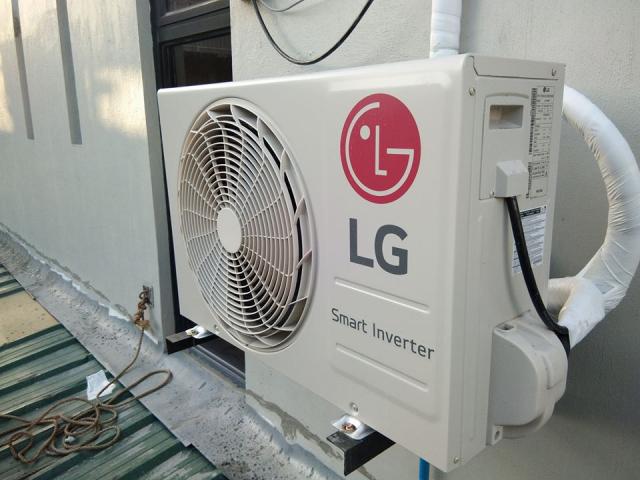If you use an air conditioner, you’ve probably heard of condensate. Condensate is a yellowish or purple liquid that most often collects around air conditioner units. Moisture reduction plays an important role in the proper operation of an air conditioner. Condensation is one of the many ways to do this. If you want to understand this process better, read on.
What is condensate?
Condensation is formed when water in the air in your home collides with the cold surfaces of your air conditioning system. This usually occurs in a humid environment. Typically, when an air conditioner is operating normally, it draws in air from outside and then cools it down. The unit reduces the temperature and humidity inside your home.
How does the cooling process work?
The cooling process creates water droplets that change from a vapor to a liquid state. This happens every time you turn on your air conditioner. This can happen when the humidity level in your home is high.
If you use a dehumidifier in one area of your home, it will be able to remove some of the moisture not being handled by your air conditioning system. Finally, if your air conditioner is old, it is likely that your unit will produce more condensation.

Why does condensation build-up?
As mentioned above, condensate forms when water in the air in your home meets the cold surfaces of your air conditioning system. As a result, the water turns into a water droplet. As the water runs off the surface of the unit, it rushes into the inner tray of your air conditioner.
If left unchecked, this can become a real problem. Your unit will be a breeding ground for mold and unpleasant odors. To avoid this situation, check your air conditioning system’s tray or pan regularly and empty it if necessary. We recommend that you contact a professional if you notice that the water coming out of your air conditioner is yellow or purple.
How do you drain condensate from an air conditioner?
Use a pump
The best way to remove condensation from an air conditioner is to use a pump. With this equipment, you can set a schedule to know when condensation should occur. This way, you won’t have any problems turning the machine on or off.
To make your work easier, set a schedule according to your needs. Set your air conditioner and dehumidifier to the same time slot. This way, everything will run at the same time. This will significantly reduce the humidity inside your home and improve your living comfort.
Using a bucket or pitcher
You can also use a bucket or a pitcher, but you must empty them regularly. Otherwise, the water could overflow outside the air conditioner.
Now you know everything you need to know about the condensation process of an air conditioner. There are various solutions available to you to deal with the problems. However, the best thing to do is to call in a specialist to check the condition and operation of your air conditioning system. He or she will be able to advise you on what to do next.
How can I save money with my air conditioning?
It must be said that air conditioning suffers from a bad reputation in terms of energy costs. Beyond the fact of blowing heat outside, which is not always pleasant for your neighbors, an air conditioner is very greedy in electricity, the consumption being strongly related to the requested cooling set point. The lower the requested temperature, the higher the consumption. Moreover, the regulation specifies that air conditioning should not be used below 26°C.
However, recent models and the new technologies they incorporate make them more economical. Thus, we see appearing on the market systems of solar air-conditioning and bio-air-conditioning, and research continues in this direction. Read this article from The Roanoke Star for more info on air conditioners.
